Nanbin Park, Chongqing – Ticket Price, Opening Hours, Transportation, and Highlights
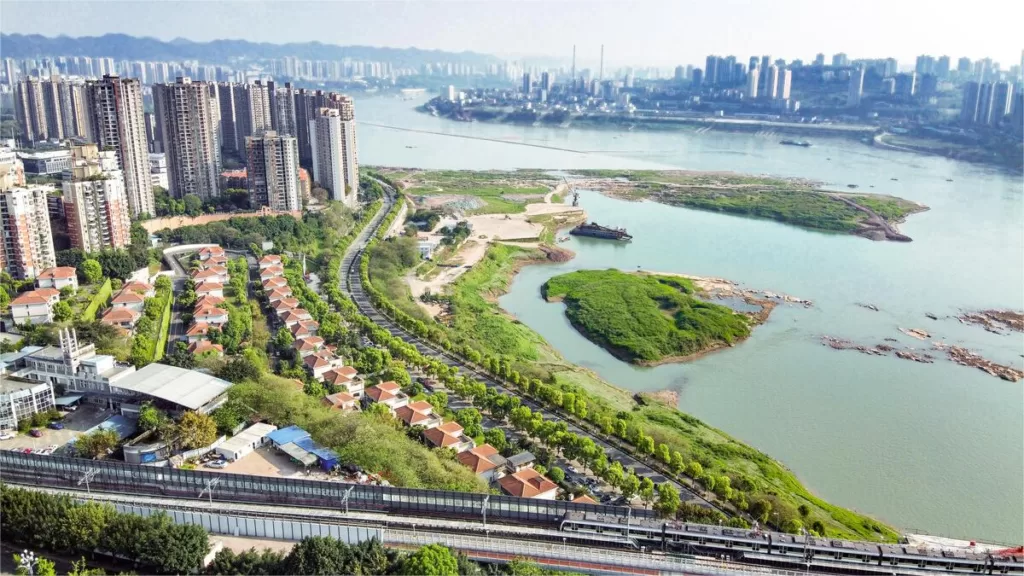
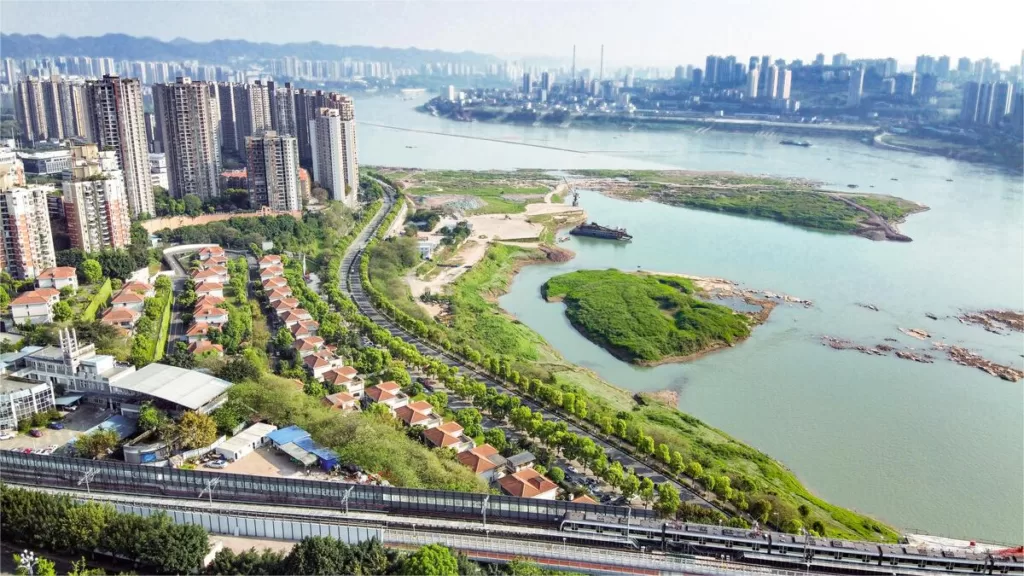
Chongqing Nanbin Park (重庆南滨公园), nestled on the outer banks of the Yangtze River in the Nanan District of Chongqing, is a magnificent testament to the city’s rich history, vibrant culture, and scenic beauty. Stretching 6.8 kilometers, this park is a masterpiece that seamlessly weaves together 187 roadside vistas, six thematic zones, and 180 connecting segments, creating an enchanting new-era riverside park with a distinct blend of historical and Ba-Yu cultural elements.
The park derives its vitality from lush greenery, its soul from cultural heritage, and its uniqueness from dazzling illuminations. It boasts the country’s largest collection of reliefs and the longest music-themed lighting displays.
Table of Contents
Basic Information
| Estimated Length of Tour | 2 – 3 hours |
| Ticket Price | Free |
| Opening Hours | 24 hours a day throughout the year |
Location and Transportation
Nanbin Park in Chongqing is situated on the southern bank of the Yangtze River, along Nanbin Road in the Nanan District. This park is an expansive, open-style strip of greenery that stretches from the southern end of Chaotianmen Bridge to the southern tip of Shibanpo Yangtze River Bridge, covering a total length of 6.8 kilometers. To get there, you can choose the following ways:
Bus: Take bus 129, 338, 353, 373, or 375 and get off at Haitang Yanyu Square Stop (海棠烟雨广场站, Haitang Misty Rain Stop).
Metro: The nearest metro station to Nanbin Park is Shanghao (上浩) on the Ring Line. After getting out of the station from Exit 4A, walk about 1.2 kilometers to the southwest to reach the park.
Highlights of Nanbin Park
Huangge Wandering Sunset
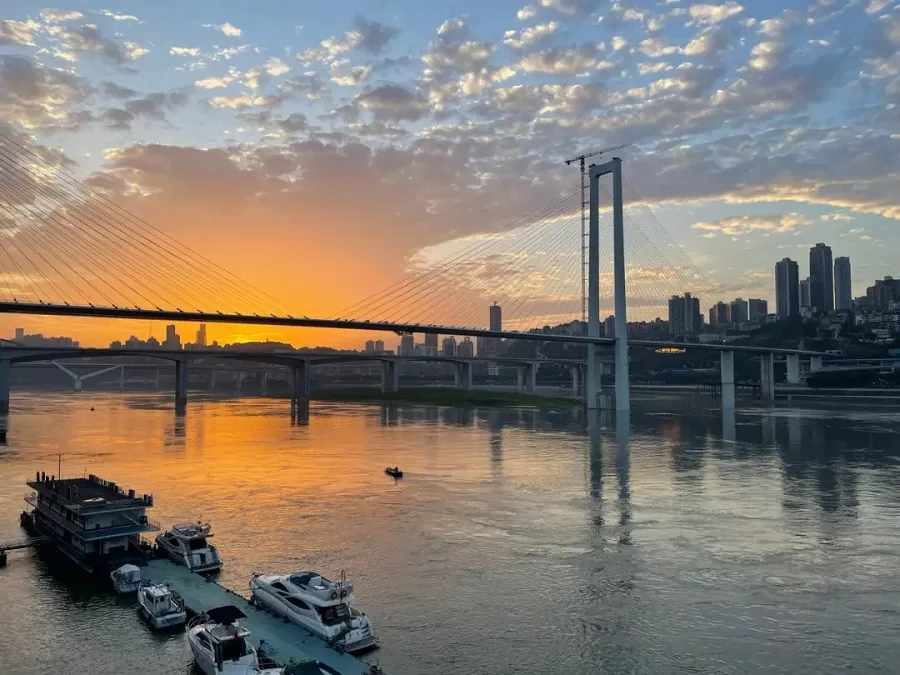
Once the site of a bustling ferry crossing, the legend of Huangge Wandering Sunset evokes nostalgia. As the sun dipped below the horizon, the Yangtze River would come alive with a thousand golden reflections, and small boats meandered in all directions. When the fog rolled in, the river would shroud itself in mystery. Today, the charm of boat crossings has been replaced by the perpetual flow of vehicles on the Yangtze Bridge. However, “Huangge Wandering Sunset” theme reliefs now adorn the park’s landscape, featuring sculptures of boatmen, ship parts, and children playing on the riverbanks. This area delves deep into the historical and cultural significance of the southern ferry crossing and port.
Haitang Misty Rain
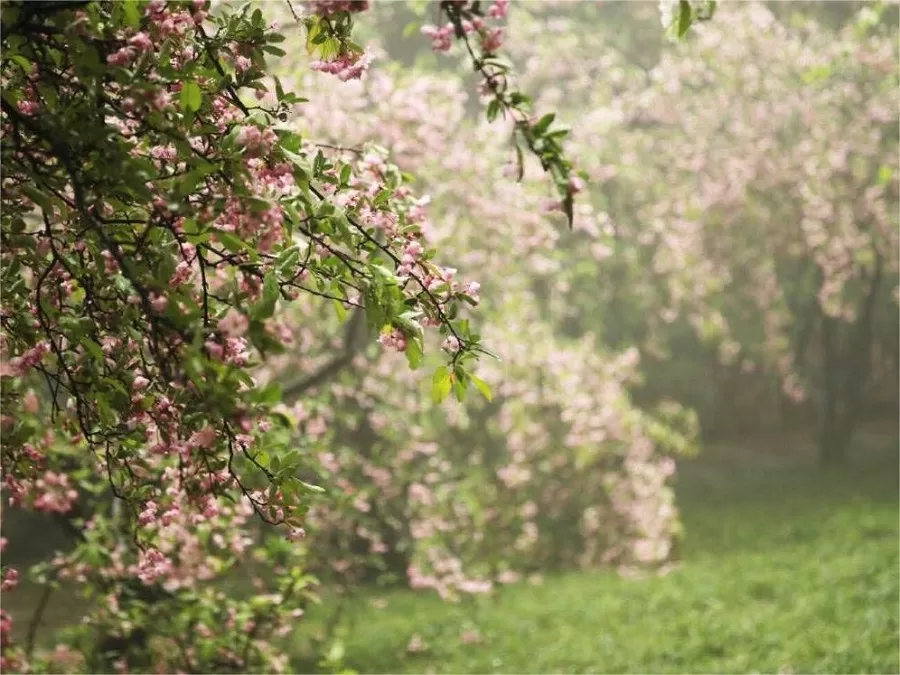
The park’s “Haitang Misty Rain” section, resembling a crescent moon, covers an impressive 700 meters and is filled with over a thousand varieties of plants, including Ghana seaweed and Middle Eastern dates – both of which are making their debut in Chongqing. The area features a blend of plant belts, sculpture groups, observation platforms, central squares, and waterfalls. Additionally, the lower section hosts a vibrant bar street, perfect for leisurely enjoyment of the breathtaking river view.
Zishui Nocturnal Lamps
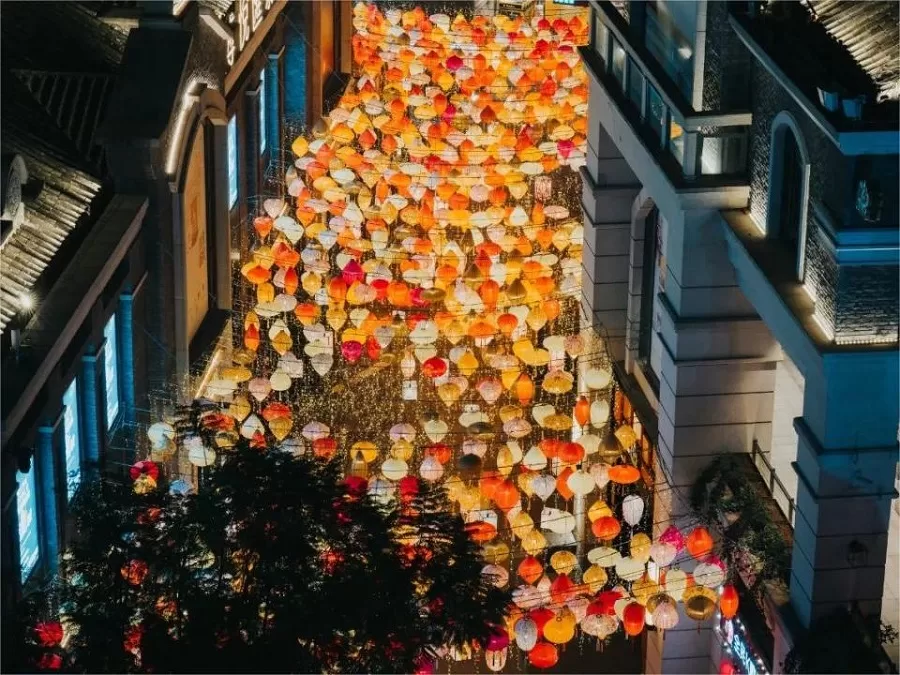
This area revolves around two themes: “Zishui Nocturnal Lamps” and religious culture. According to the “Ba County Annals,” the sight of boats docking along the riverbank under the nighttime glow of countless lanterns, with lights reflecting on the river and merging with the starry sky, was a mesmerizing spectacle. This area boasts art walls, plazas, and rockeries. It also pays homage to religious culture with features like the release pond and a lotus-patterned ground.
Xiajiang Port Opening

Following the First Opium War, the British government signed the “Treaty of Yantai Supplemental Agreement” with the Qing government in 1890, gaining the privilege to open a port in Chongqing. As a result, a customs office was established near the “Xiajiang Port Opening” area. In 1901, Japan established a concession in the vicinity, making it the only concession in western China. The history of Chongqing’s port opening is a tale of cultural exchange and collision between the East and West. The area features both Western-style and Chinese-style bridges and incorporates colonial architectural motifs on retaining walls. It also narrates the history of national capital development.
Longmen Serene Moon

Legend has it that there is a stone formation resembling a dragon lying along the river, creating a natural harbor for boats, aptly named “Longmen.” On a moonlit night, the Yangtze River glistens with silver and thousands of stars, while the harbor becomes a serene painting, where the moon’s reflection dances on the tranquil waters. The enchanting sight is aptly called “Longmen Serene Moon.” This section features reliefs on the retaining wall, flanked by several large stones and inscribed with the words “龙门浩月.”
Emperor Yu’s Legacy
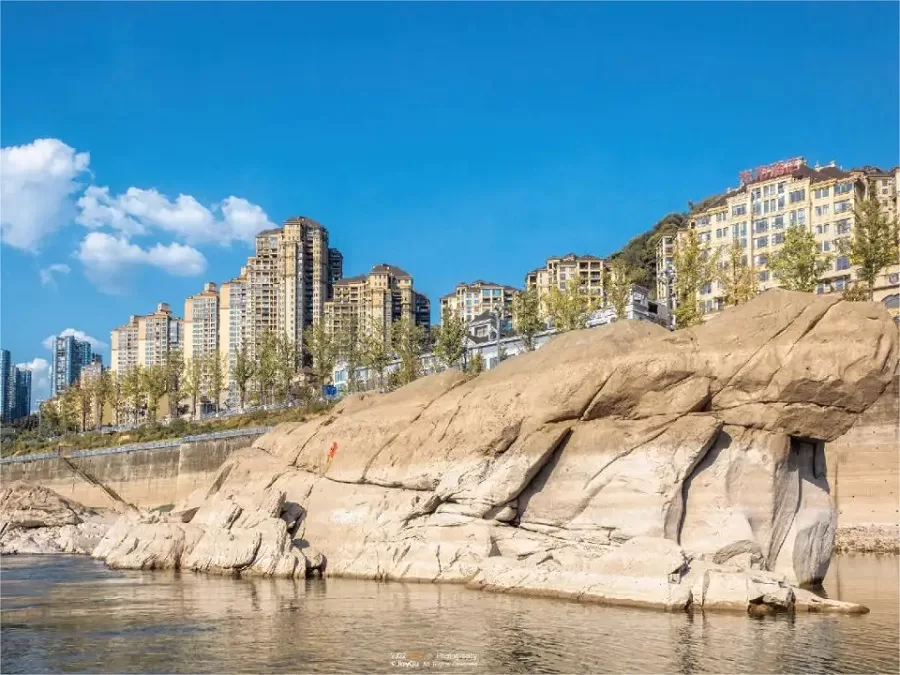
This area offers not only the best vantage point to admire the confluence of the two rivers and the Chaotianmen Wharf but also a chance to delve into the beautiful legend of “Husband Returning Stone.” According to folklore, after Emperor Yu married Tushan, he left home to undertake water conservation efforts, not returning for thirteen years. Tushan longed for her husband, and her yearning turned her into a giant stone along the riverbank. People later named this stone “Husband Returning Stone” or “Hugui Stone.” When Emperor Yu finally returned, he was overjoyed and called out “Qi,” causing the stone to split open, and a baby boy emerged. Emperor Yu named him “Qi,” and he later became the first ruler of the Xia Dynasty. The area is adorned with sculptures of the birth of Qi, statues of Emperor Yu, sculptures depicting the story of Emperor Yu’s water management, and imprints on the ground to tell this fascinating tale.
Attractions near Nanbin Park
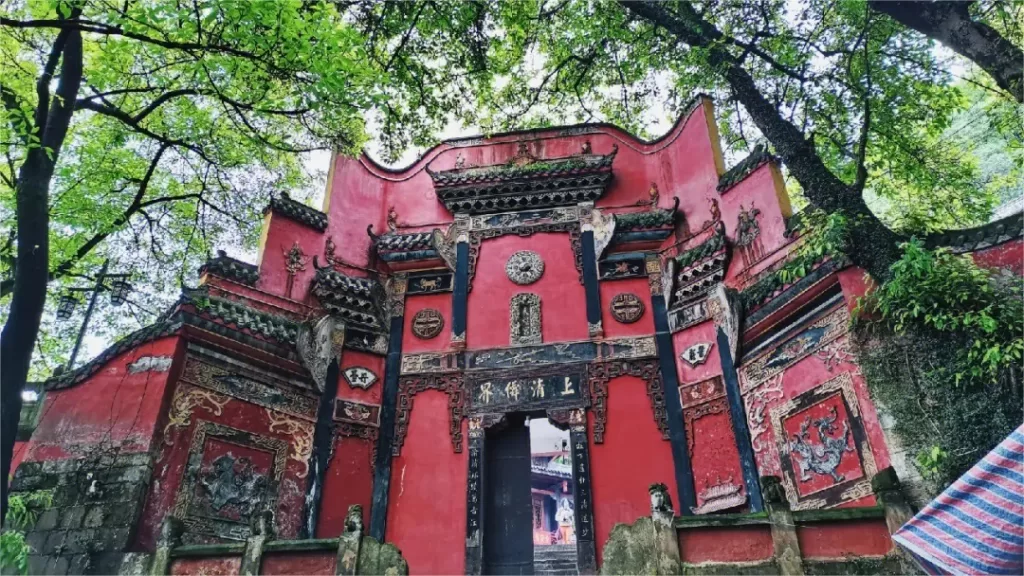
Laojun Cave Taoist Temple

Xiahao Old Street
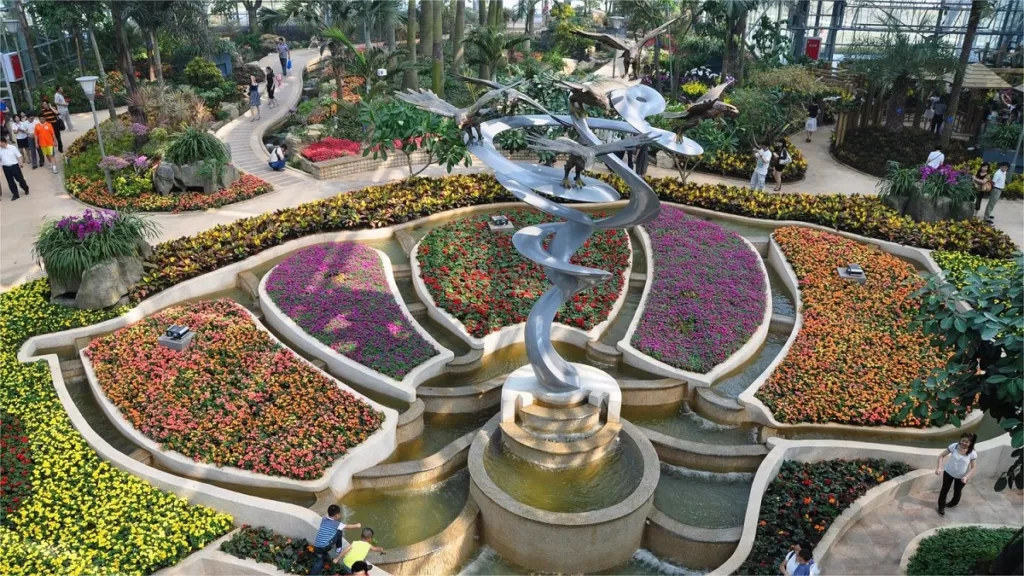
Nanshan Botanical Garden

Nanshan Tree Viewing Platform
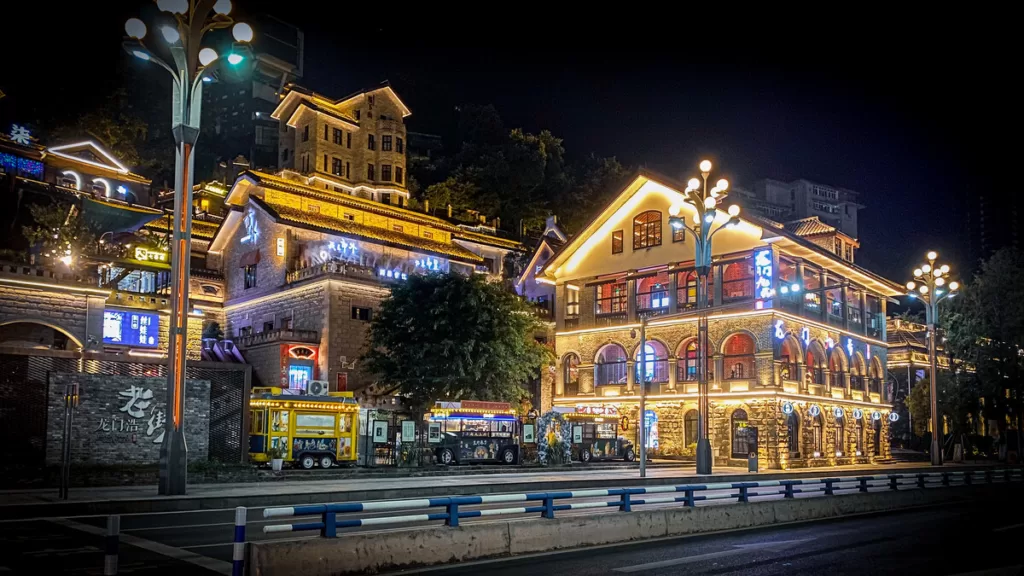
Longmenhao Old Street
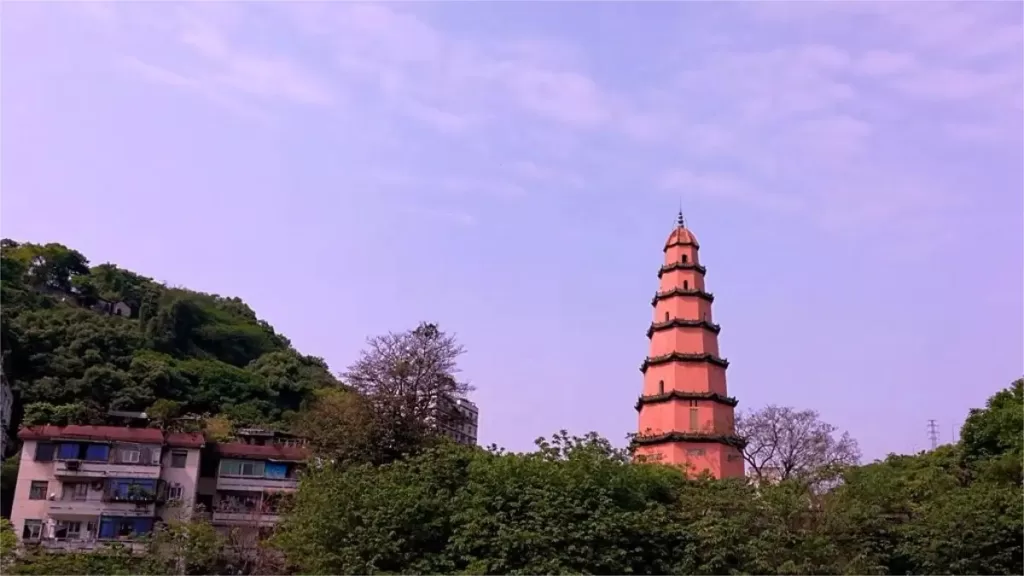
Bao’en Pagoda, Chongqing
Attractions in Chongqing downtown, Attractions in Nanan District Chongqing, Chongqing local life